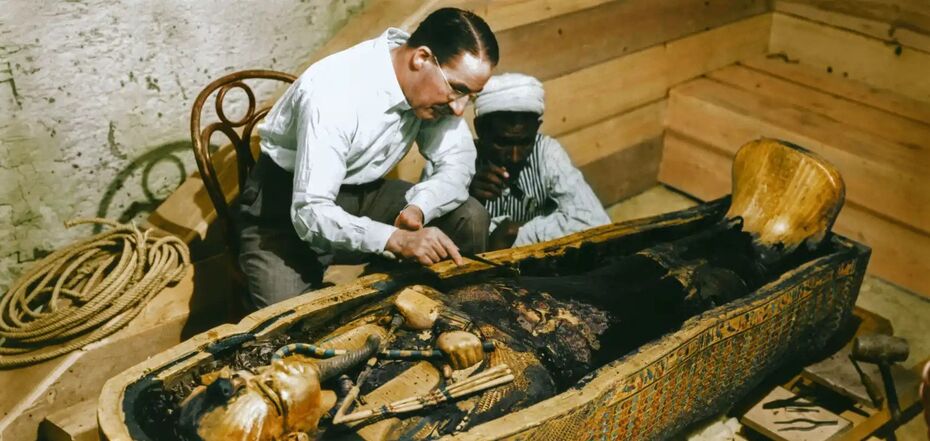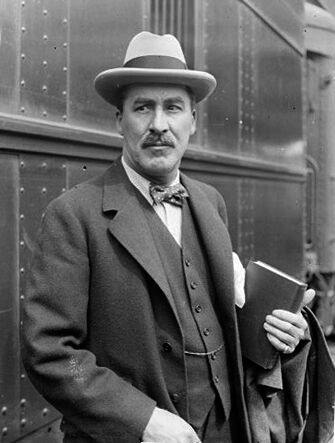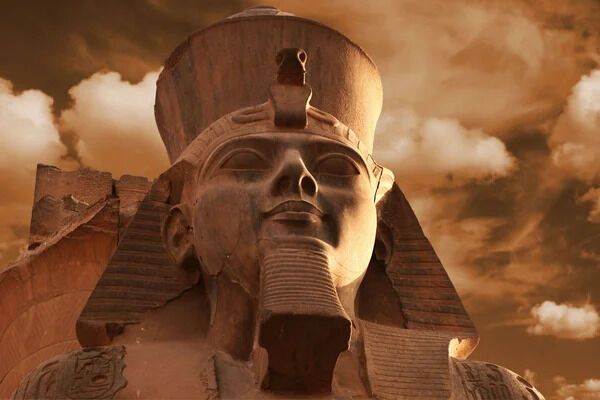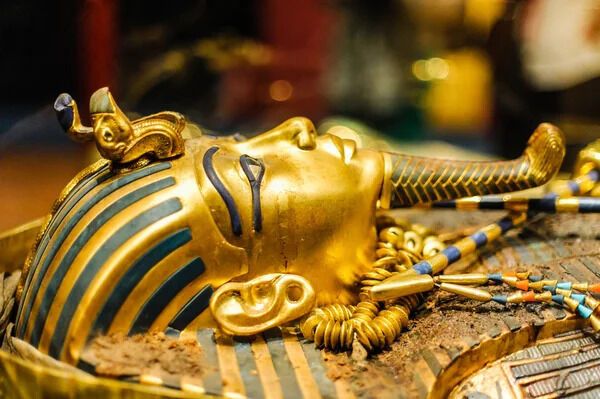News
"The curse of the pharaoh". The cause of death of more than 20 people who opened Tutankhamun's tomb in 1922 has been revealed
Researcher Ross Fellows said he had solved the famous "curse of the pharaoh". It was believed to have killed more than 20 people who opened King Tut's tomb in 1922.
The ancient Egyptian text says that anyone who disturbs the remains of the ruler will die "of a disease that no doctor can diagnose." Ross Fellows suggested that there was a biological cause behind the deaths, the Daily Mail reports.
Radioactive tombs?
The study found that the cause was radiation poisoning from natural elements containing uranium and toxic waste. They had to be deliberately placed inside a sealed vault.
Exposure to the substances could lead to certain types of cancer, such as the one that claimed the life of archaeologist Howard Carter, the first person to enter Tutankhamun's tomb more than 100 years ago.
This theory actually proves that the tomb was indeed "cursed" – albeit intentionally, biologically, and not in a supernatural way, as some ancient Egyptologists have suggested.
Carter died in 1939, probably from a heart attack after a long battle with Hodgkin's lymphoma, which affects the body's immune system that fights germs, and the cause of cancer is believed to be radiation poisoning.
Lord Carnarvon, one of those who also went through the treasure-filled rooms, died of blood poisoning five months after the discovery. He suffered from a severe mosquito bite and became infected after a razor cut.
Shortly after the opening of the tomb, there was a short-term power outage, and all the lights in Cairo went out. Carnarvon's son also reported that his beloved dog howled and suddenly dropped dead.
Other people who participated in the excavations died of asphyxiation, stroke, diabetes, heart failure, pneumonia, poisoning, malaria, and X-ray exposure – all in their 50s.
British Egyptologist Arthur Weigall was present at the opening of the tomb, where he was accused of spreading the myth of the curse – he died of cancer at the age of 54.
However, inscriptions found in other tombs throughout Egypt indicate that the ancients knew about toxins. The text indicated places that were "forbidden" because of "evil spirits".
The study, published in the Journal of Scientific Exploration, explains that high levels of radiation have also been recorded in Old Kingdom tomb ruins, at two sites in Giza, and in several underground tombs at Saqqara.
The source of the radiation, according to Fellows, was two basalt chests. Scientists also found "general traces of natural radon levels in the surrounding limestone rocks."
Other studies have directly measured radon at various locations in the tombs at Saqqara. Radon gas is an intermediate product of uranium decay with a half-life of 3.8 days.
The concentration of radon in the environment was determined in six locations in the ruins of Saqqara: The South Tomb, the journals of the Djoser Pyramid and the tunnels of the Serapeum Tomb.
Thousands of pots excavated under the Step Pyramid in the 1960s contained up to 200 tons of unidentified substances that have yet to be identified. This suggests that the toxins were buried with the mummified remains.
"Strong radiation in reported tomb ruins has usually been attributed to natural background from the parent rock," said Fellows.
However, the levels are unusually high and localized, which is not consistent with the characteristics of limestone rock, but suggests the presence of some other unnatural source or sources.
On November 4, 1922, Carter's team found the staircase leading to Tutankhamun's tomb and spent several months cataloging the antechamber.
In February of the following year, the team opened the burial chamber and discovered the sarcophagus.
The tomb is considered one of the richest ever discovered, filled with precious objects that were meant to help the young pharaoh on his journey to the afterlife.
The treasure trove of funerary items numbered 5,000 items, including funerary shoes made of pure gold, statues, games, and amazing animals.
The small size of Tutankhamun's burial chamber, given his place in Egyptian history, has stumped experts for years.
It took Carter and his team 10 years to clear the tomb of treasures.
The mysterious sick boy
The Boy King was an Egyptian pharaoh of the 18th Dynasty and ruled between 1332 and 1323 BC.
He was the son of Akhenaten and ascended the throne at the age of nine or ten. After becoming king, Tutankhamun married his half-sister Ankhesenpaaten. He died at the age of about 18, and the cause of his death is unknown.
However, the young king had health problems due to the fact that his parents were brother and sister. The reconstruction of his face and body gave the world an idea of what ailments he might have suffered.
King Tutankhamun had the teeth of a bull, clubfoot, and virgin hips, according to the most detailed study of the remains of an ancient Egyptian pharaoh. Instead of racing in chariots, Tutankhamun traveled on sticks, researchers say.
The "virtual autopsy," which consisted of more than 2,000 computer scans, was conducted in tandem with genetic analysis of Tutankhamun's family, which confirms evidence that his parents were brother and sister.
Scientists believe that this is why he suffered from physical disabilities caused by hormonal imbalances. The family history could also have led to his premature death in his teens.
Various myths suggest that he was killed or had a chariot accident, as fractures have been found in his skull and other parts of his skeleton.
But recently, scholars have suggested that the pharaoh may have died of a hereditary disease, as only one of the fractures occurred before his death – and his clubfoot would have made chariot racing impossible.
Khutan Ashrafian, a lecturer in surgery at Imperial College London, said that several family members seem to have suffered from ailments that could be explained by hormonal imbalances.
Evidence of Tutankhamun's physical limitations is also confirmed by 130 used canes found in his tomb.
Only verified information is available on the OBOZ.UA Telegram channel and Viber. Do not fall for fakes!































